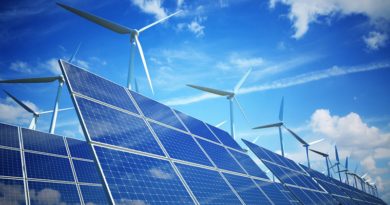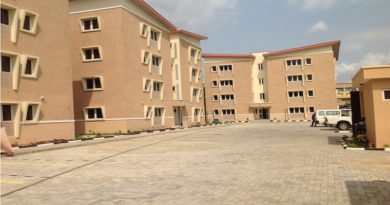EU, UNEP to boost low emission development in Africa with £3.42m
Africa’s bid to combat the potentially devastating consequences of climate change has received a major boost with the United Nations Environment Programme (UNEP) and European Union announcing plans to spend €3.42 million to bolster low-carbon, climate-resilient development on the continent.
Climate change threatens to push millions of people in Africa into extreme poverty by 2030 as crop yields decline, water grows scarce, droughts intensify and food prices increase. Roughly 18 million people on the continent could be affected by floods ever year as global warming rises.
As climate change intensifies, it is essential that the continent takes steps to lower emissions and reduce the harm caused by climate change.
To make this a reality, the EU will spend €3.42 million over three years on the Africa Low Emissions Development Strategy (LEDS) Planning, Modelling and Implementation project. The project will see the EU work closely with partners like the Africa LEDS Partnership (AfLP) and the LEDS Global Partnership to support Low Emission Development Strategies (LEDS) in Africa.
The project aims to contribute to a prosperous, climate-resilient Africa for the welfare of current and future generations. It aims to promote low-carbon, climate-resilient development to alleviate poverty, create jobs and improve environmental management on the continent.
To achieve this, the EU-UNEP project is designed to boost local knowledge and expertise among African nations in order to bolster plans for low emission, climate-resilient, and resource efficient socio-economic development.
Building on the landmark Paris Agreement, the project will support countries as they seek to implement their Intended Nationally Determined Contributions, which are commitments made by each country that signed the agreement to reduce greenhouse gas emissions and limit global warming.
Starting this month, the EU-UNEP project involves two components. The first will focus on strategic level interventions aimed at building the capacity of countries for LEDS planning and policy integration at sectorial and economy wide scales. The second will focus on tactical and technical capacity building.
The specific tools and models chosen to achieve this will depend on the circumstances of individual countries, such as the presence of existing models, data availability, local technical capacity, and the areas of most interest and need. These could include Long-range Energy Alternatives Planning System (LEAP), MARKet ALlocation (MARKAL), Tool for Rapid Assessment of City Energy (TRACE), SWERA, Energy and Power Evaluation Program (ENPEP-BALANCE), HOMER, Marginal Abatement Cost Tool (MACTool), among others.
The project will involve two components. The first component will be a pilot, targeting eight countries (Cameroon, DRC, Ivory Coast, Mozambique, Zambia, Ghana, Morocco, and Kenya). The second one will see the project replicated and scaled up across other countries of the continent.
Using environment ministries as hubs, the project will seek to build teams from other policy level stakeholders in the ministries of energy and industry, and stakeholders in academia, the private sector, resident UN agencies, NGOs, and CSOs engaged with aspects of LEDS planning.




